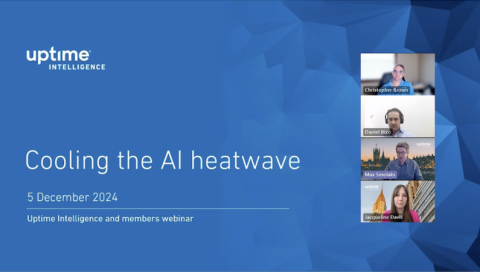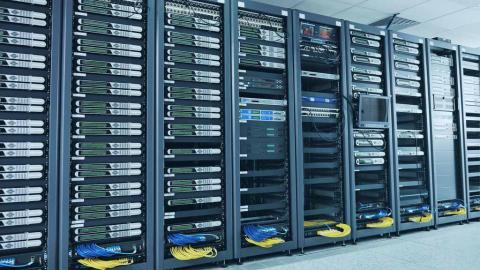Direct liquid cooling challenges the common “line of demarcation” for responsibilities between facilities and IT teams. Operators lack a consensus on a single replacement model—and this fragmentation may persist for several years.
filters
Explore All Topics
To meet the demands of unprecedented rack power densities, driven by AI workloads, data center cooling systems need to evolve and accommodate a growing mix of air and liquid cooling technologies.
How far can we go with air? Uptime experts discuss and answer questions on cooling strategies and debate the challenges and trade-offs with efficiency and costs.Please watch this latest entry in the Uptime Intelligence Client Webinar series. The…
Critics argue that data center water use is excessive and poorly managed. Operators should select a cooling system to fit the local climate and available water supply, explaining water use within the context of local conditions.
High-end AI systems receive the bulk of the industry’s attention, but organizations looking for the best training infrastructure implementation have choices. Getting it right, however, may take a concerted effort.
Compared with most traditional data centers, those hosting large AI training workloads require increased attention to dynamic thermal management, including capabilities to handle sudden and substantial load variations effectively.
The emergence of the Chinese DeepSeek LLM has raised many questions. In this analysis, Uptime Intelligence considers some of the implications for all those primarily concerned with the deployment of AI infrastructure.
AI infrastructure increases rack power, requiring operators to upgrade IT cooling. While some (typically with rack power up to 50 kW) rely on close-coupled air cooling, others with more demanding AI workloads are adopting hybrid air and DLC.
Uptime Intelligence surveys the data center industry landscape to look deeper at what can actually happen in 2025 and beyond based on the latest trends and developments. The stronghold that AI has on the industry is a constant discussion - but how…
This summary of the 2025 predictions highlights the growing concerns and opportunities around AI for data centers.
Power and cooling requirements for generative AI training are upending data center design and accelerating liquid cooling adoption. Mainstream business IT will not follow until resiliency and operational concerns are addressed.
Uptime Intelligence looks beyond the more obvious trends of 2025 and examines some of the latest developments and challenges shaping the data center industry.
As a quick reference, we have provided links below to all the research reports published by Uptime Intelligence in 2024, by month. Research areas focused on 1) power generation, distribution, energy storage; 2) data center management software; 3)…
In this inaugural Uptime Intelligence client webinar, Uptime experts discuss and answer questions on cooling technologies and strategies to address AI workloads. Uptime Intelligence client webinars are only available for Uptime Intelligence…
Generative AI is not only accelerating the adoption of liquid cooling but also its technical evolution. Partly due to runaway silicon thermal power levels, this has led to a convergence in technical development across vendors.
 Jacqueline Davis
Jacqueline Davis
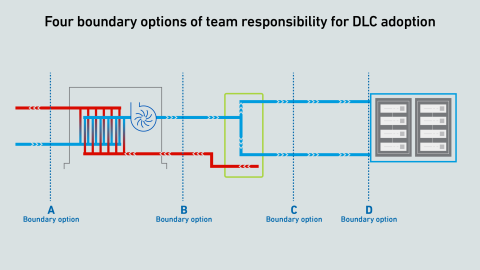
 Tomas Rahkonen
Tomas Rahkonen
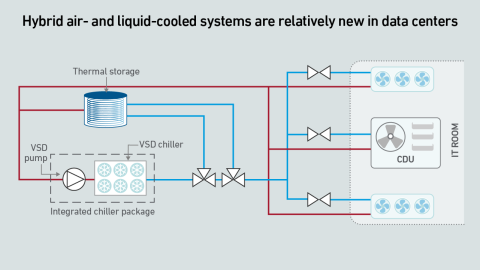
 Andy Lawrence
Andy Lawrence
 Daniel Bizo
Daniel Bizo
 Muhammad Naveed Saeed
Muhammad Naveed Saeed
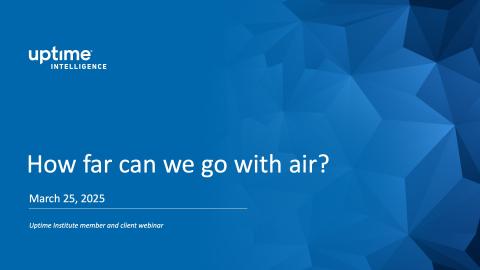
 Jay Dietrich
Jay Dietrich
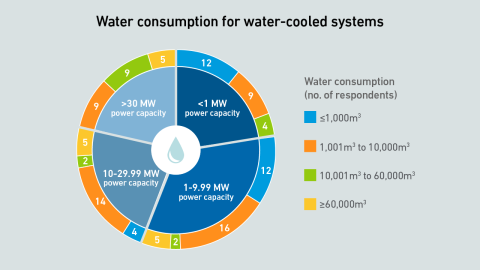
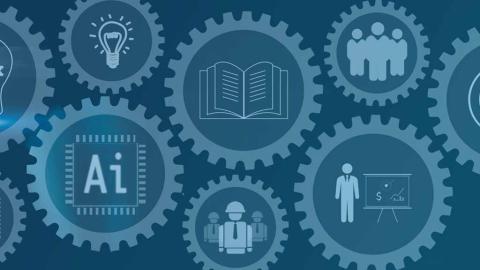
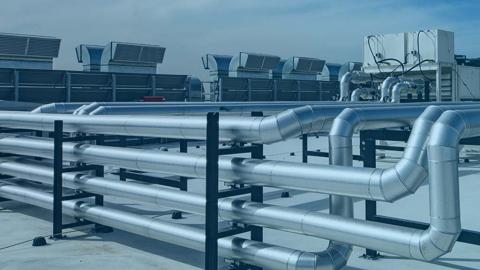
 Max Smolaks
Max Smolaks
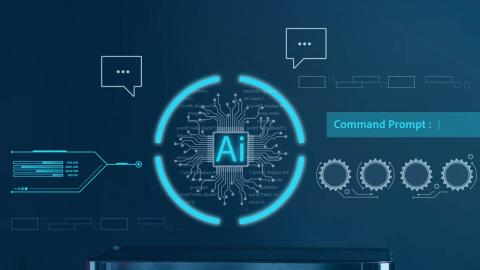

 Owen Rogers
Owen Rogers
 Douglas Donnellan
Douglas Donnellan
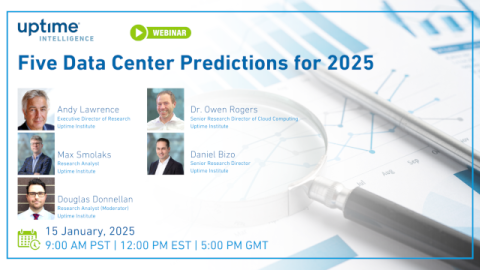
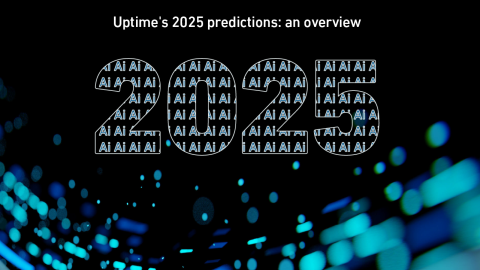
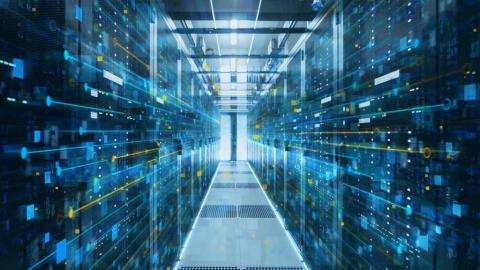
 Peter Judge
Peter Judge
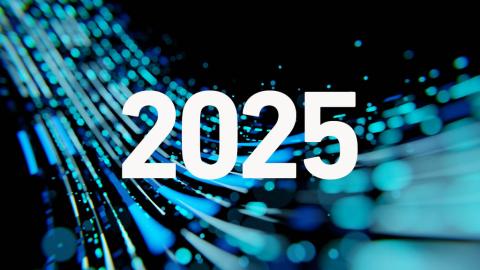
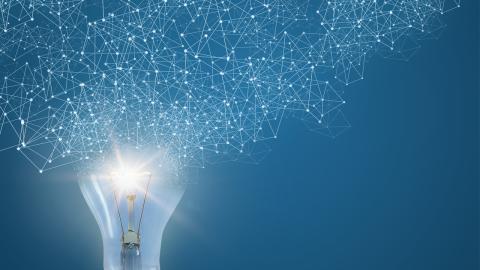
 Chris Brown
Chris Brown
